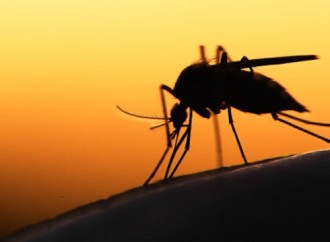And as Brazil welcomes the Olympics concerns over the Zika outbreak there heighten. While recent studies have predicted that Zika’s aggressive spread will burn out naturally within three years, new research suggests that the situation could get a whole lot worse before it gets better.
The latest research, published in the journal Nature Microbiology, indicates that there could be at least another 90 million infections before the current epidemic wanes. Worse, that means that at least 1.6 million women of child-bearing age could be infected in Latin America alone.
Scientists stress that is a modest estimate compared to the global reach of the virus, which experts fear may have already infected mosquitoes in the United States.
Compounding the concerns, a Brazilian research team has revealed that Zika has been found in another much more common species of mosquito, which is far more prevalent in America and can tolerate cool, non-tropical conditions.
Until now, the mosquito species Aedes aegypti had been identified as the main transmitter of Zika infections, but Brazilian scientists have discovered that the Culex mosquito can also carry the virus.
The Culex is 20 times more common than the Aedes aegypti, making it difficult to limit the spread of the virus.




Leave a Reply